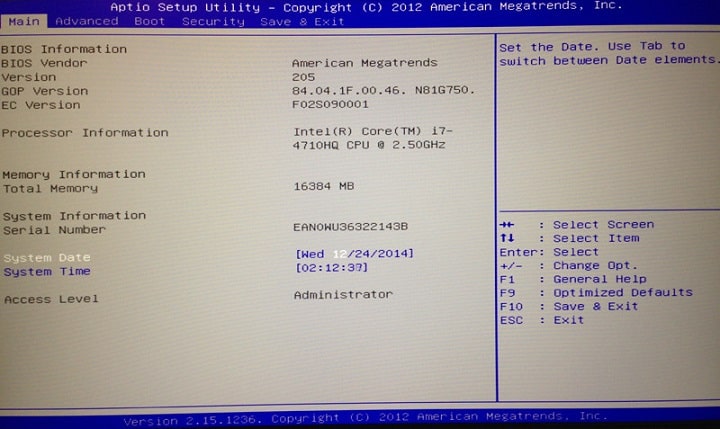

Great tools at this point within a live image are dmidecode and lspci to pull firmware and hardware information: I also confirmed that the system was set up with VT enabled for hardware accelerated virtualization as a surprising number of systems still ship with this setting disabled in BIOS or UEFI. I have a number of bootable images on hand, including Fedora, Ubuntu, and Red Hat Enterprise Linux, and these days I tend toward a 64-bit image for testing as ultimately I'll be running a 64-bit operating system. With any new equipment, my first step is to try a live USB image to test the hardware.
:max_bytes(150000):strip_icc()/GettyImages-1032076134-200d1825113846619f35959601cf7fa4.jpg)
The integrated Intel HD Graphics are capable of H265/HEVC at 24 frames/second, plus the CPU has VT for hardware accelerated virtualization (sadly only upgradable to 8GB RAM, but enough for a simple testbed).

I picked up a GIGABYTE BRIX based on a quad-core N3150 processor, and re-purposed spare RAM and hard drives, for a simple and effective solution.

Recently I was after an Intel-based compact PC that could operate as a MythTV front-end, was capable of running Kodi (open source theater system), and could also be occasionally re-purposed as a hypervisor for my home lab. My update adventureįor many years I've been involved with the MythTV project (open source DVR), including at one point producing consumer-ready systems in New Zealand ( myPVR). Whilst we often should stand by the old adage "If it ain't broke, don't fix it," I'm a strong believer when standing up a new environment to make sure all my firmware is current. Historically we'd only see firmware updates for enterprise-class spinning rust (hard drives), but many SSD manufacturers are also providing regular firmware updates for consumer-class devices. In the consumer/prosumer landscape there has been a shift toward UEFI-based systems for desktops and laptops, and along the way many manufacturers appear to have removed the option for the BIOS to update from a USB Stick. In this article, I'll walk through my recent firmware update on Linux, and I'll share a few recommendations based on that experience. Luckily most hardware manufacturers have started to provide bootable images for patching system firmware, and for enterprise-grade hardware they even provide Linux-ready tools. These days I don't own anything that has a valid Windows license, and even my 2008 white MacBook has spent most of its life running either Ubuntu or Fedora. I suppose I'm lucky in that for more than 10 years my primary work environment has been Linux-based, yet all too often I've been forced to dig out a DOS or Windows image because I need to patch some BIOS device firmware.


 0 kommentar(er)
0 kommentar(er)
